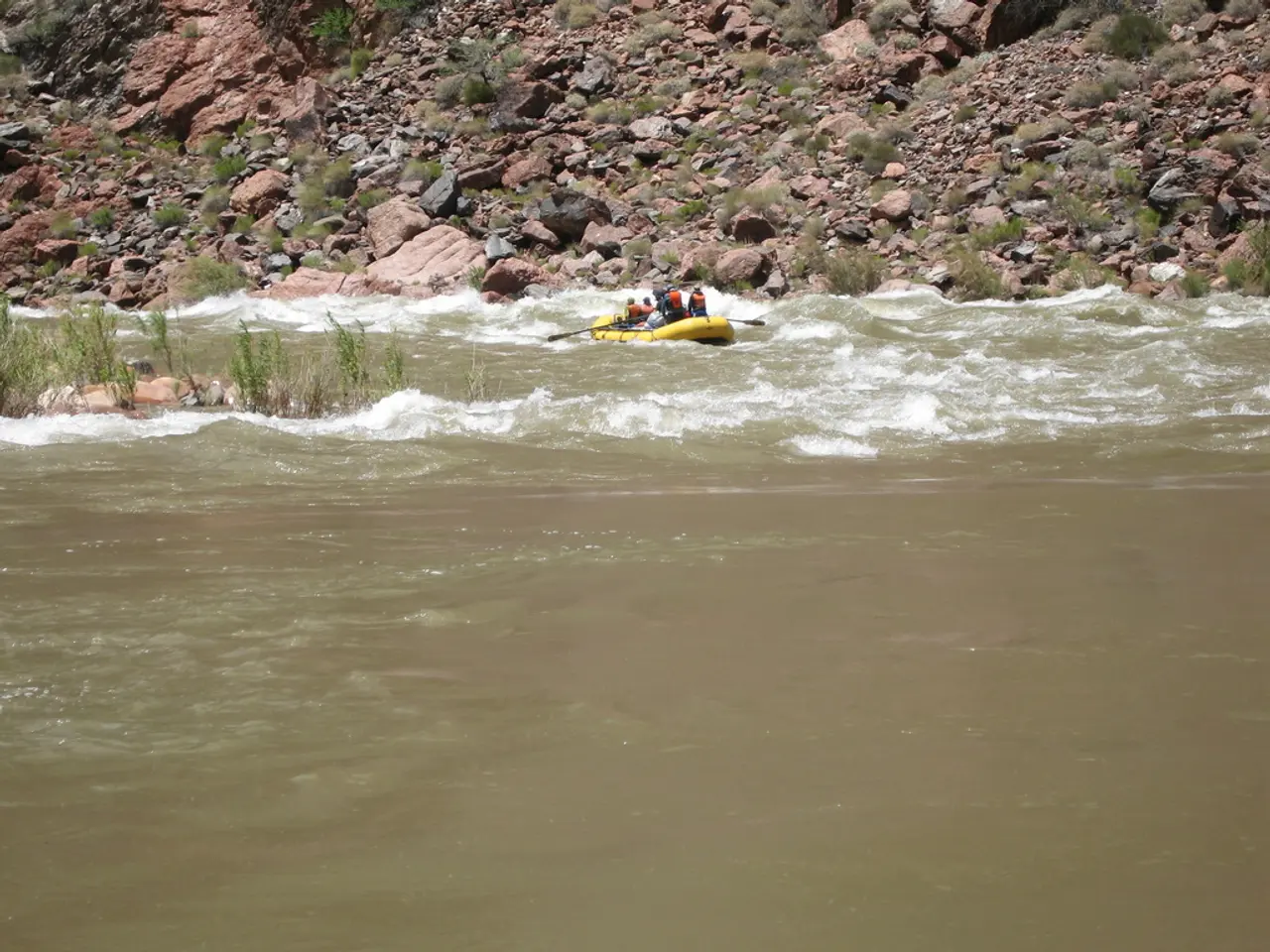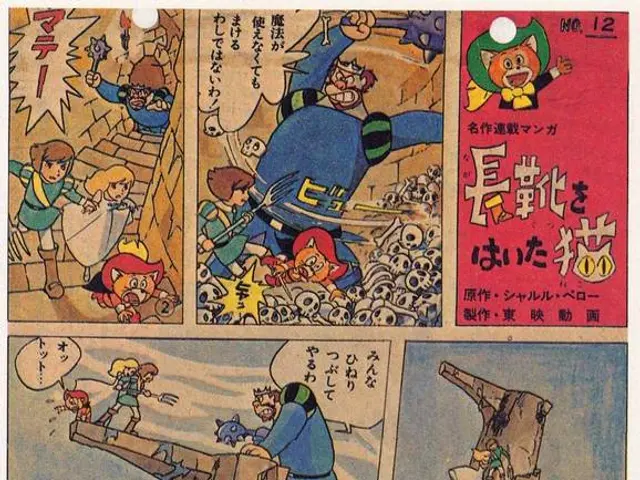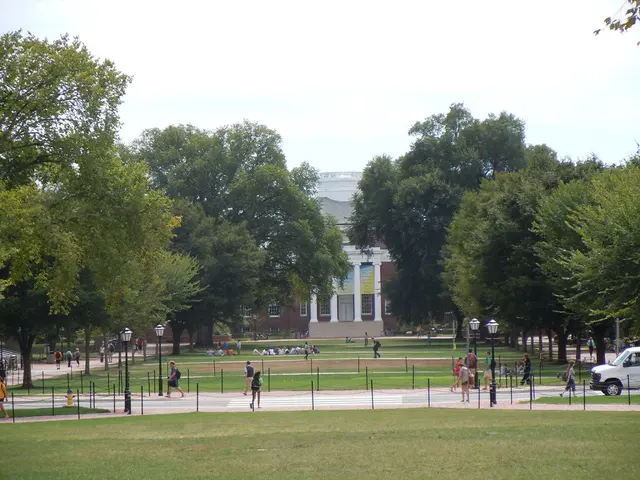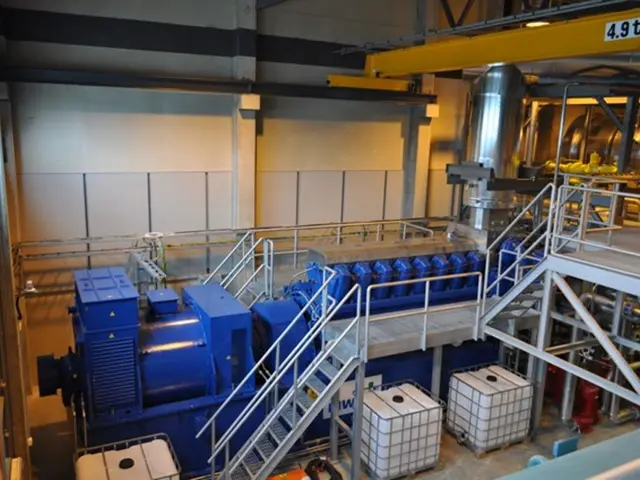Pupils collaborate on reviving the spiritual essence of the Oruarangi Stream
In the heart of Auckland, New Zealand, an ambitious project is underway to revitalise the Oruarangi Stream. Known for its significant cultural and historical importance to local iwi, the stream is the site of Auckland's oldest settlement and has provided food and navigation for generations.
The project, named "Restoring mauri to Oruarangi Stream", is an environmental and community-based initiative aimed at rehabilitating the ecological health and cultural vitality of the Oruarangi Stream. The project integrates indigenous Māori perspectives, particularly the concept of mauri—the life force or vital essence of a natural element—with scientific restoration practices.
Objectives
The project has several key objectives:
- Restore the mauri of Oruarangi Stream: This involves revitalizing the stream's life force to improve its ecological health and spiritual well-being.
- Enhance community engagement: The project encourages local Māori and other community members to participate actively in environmental stewardship.
- Integrate mātauranga Māori (Māori knowledge) and western science: To create a holistic approach to ecosystem restoration.
- Improve biodiversity and water quality: Address pollution, invasive species, and habitat degradation affecting the stream.
- Educate and empower: Build capacity within the community for ongoing environmental monitoring and maintenance.
Methods
The project employs a participatory science approach, where community volunteers work alongside scientists and Māori elders to monitor ecological indicators such as water quality, native flora and fauna presence, and stream flow. Cultural frameworks guide restoration activities, while native planting and habitat restoration, pollution mitigation, regular monitoring and data collection, community workshops, and education sessions are key components of the project.
Outcomes
The anticipated outcomes of the project include:
- Improved ecological health of the stream: Increased native biodiversity, better water quality, and restored habitats.
- Revitalized cultural connection: Stronger relationships between the community, especially Māori, and the stream.
- Empowered local community: Enhanced skills and ownership in environmental monitoring and management.
- A replicable model: Demonstrating how integrating mātaurangas Māori with western science can effectively restore degraded ecosystems.
- Increased awareness: Broader understanding of the importance of mauri in environmental health and sustainability.
The Oruarangi Stream restoration project is a shining example of a collaborative, culturally grounded effort combining indigenous knowledge with scientific methods to restore and sustain the health of a local waterway, fostering ecological and community resilience.
This ambitious project in Auckland, New Zealand, titled "Restoring mauri to Oruarangi Stream", not only aims to rejuvenate the ecological health and cultural vitality of the stream, but also serves as an educational platform for community members. By integrating indigenous Māori perspectives with western science, it provides a unique opportunity for online-education and learning on environmental-science topics such as climate-change and biodiversity. The project's focus on education-and-self-development extends beyond the restoration of Oruarangi Stream, as it equips community members with knowledge and skills for long-term environmental maintenance and monitoring. Through this holistic approach, the project aspires to serve not just as a model for Auckland, but for future community-driven ecosystem restoration projects worldwide.




